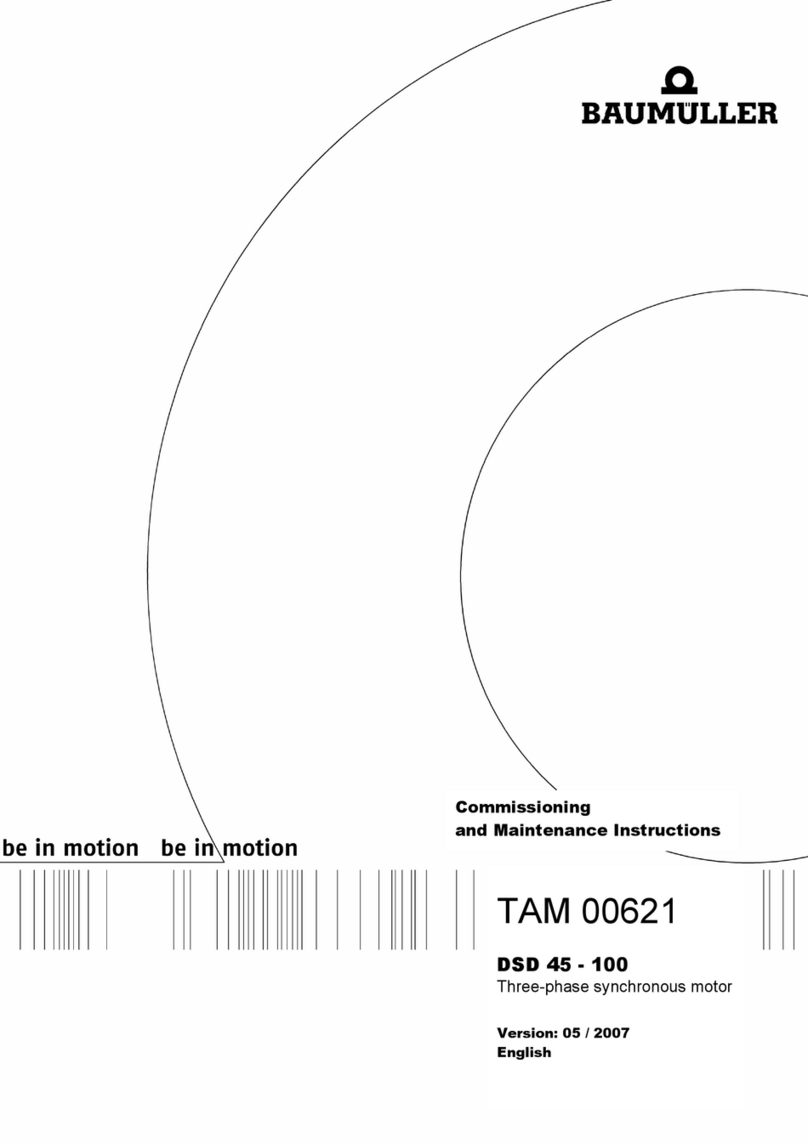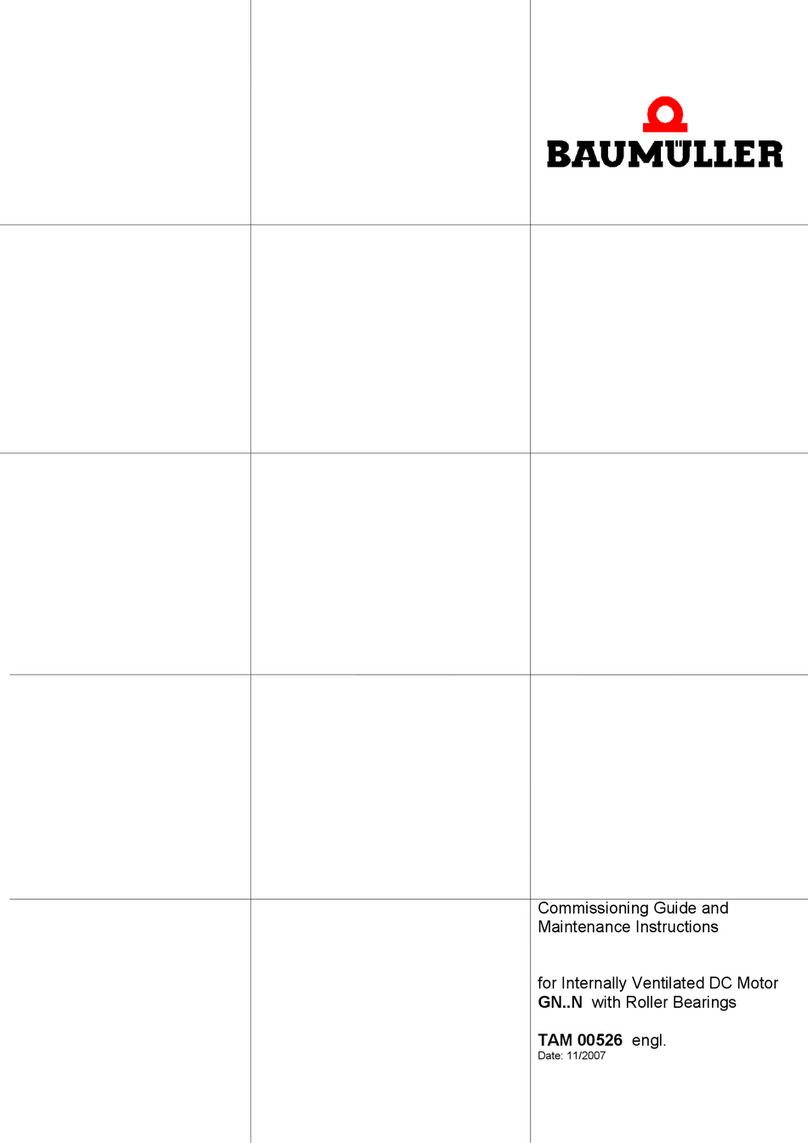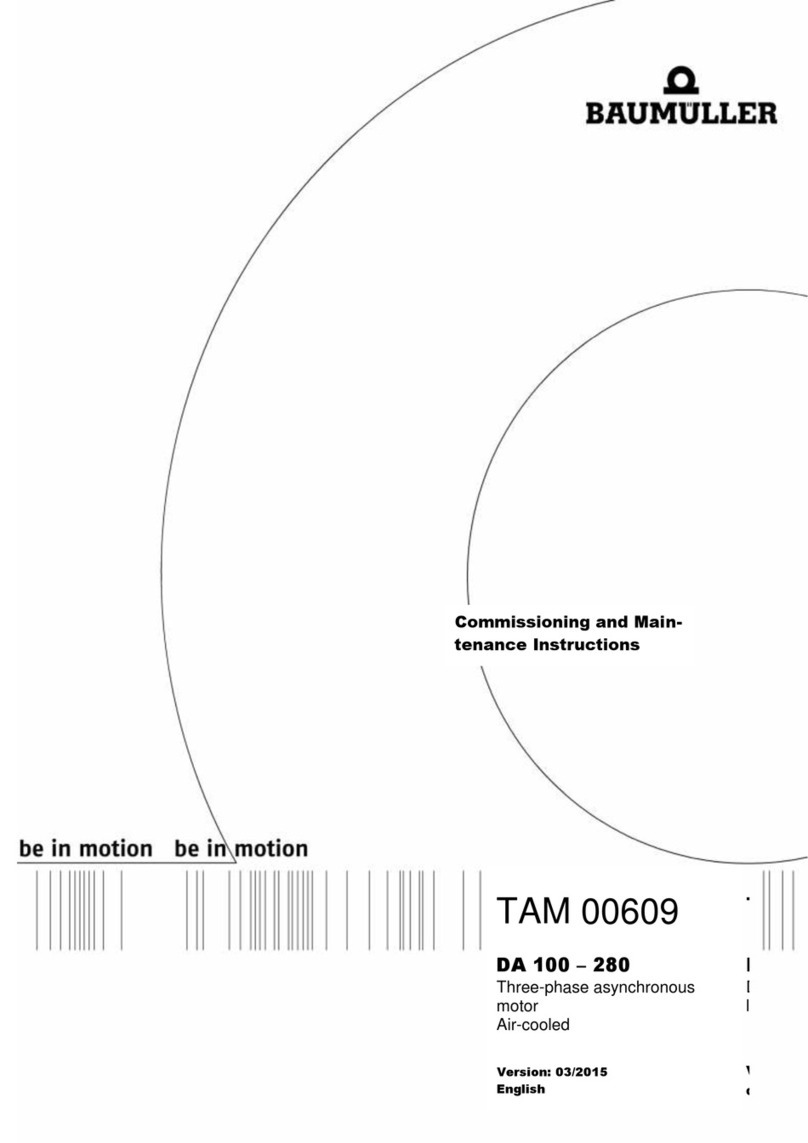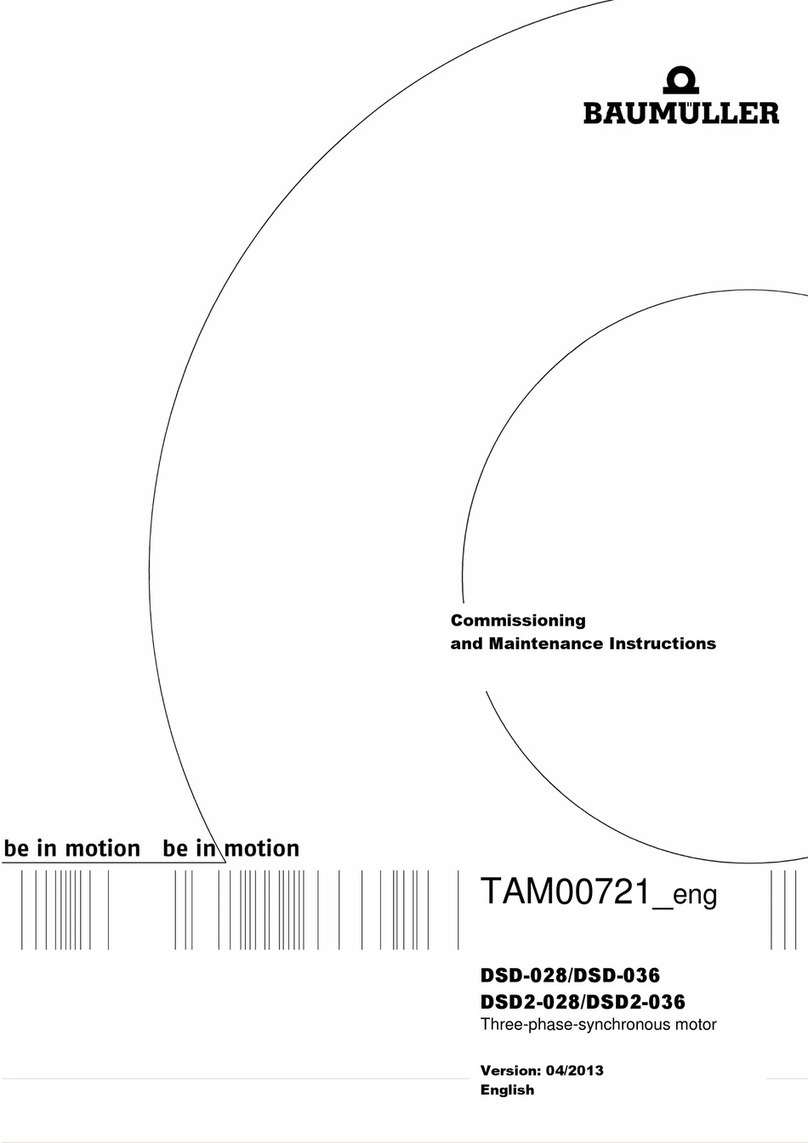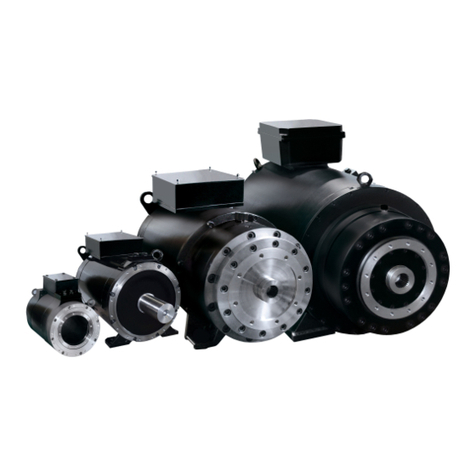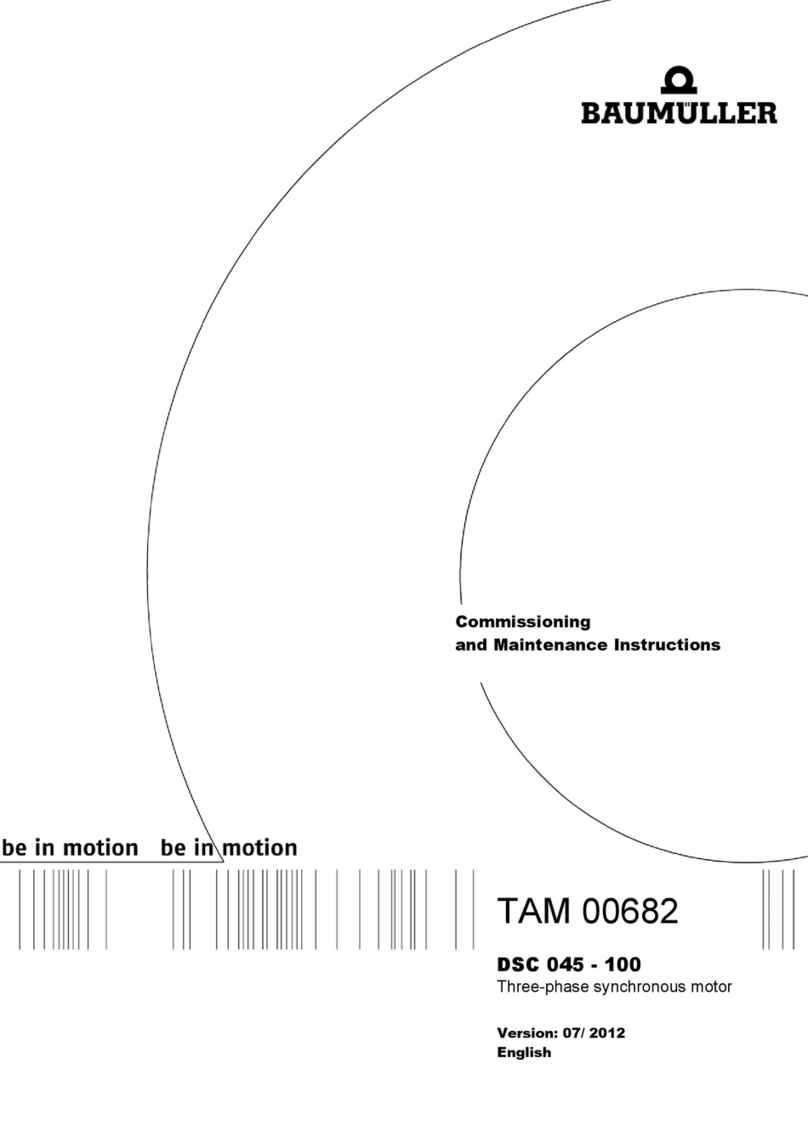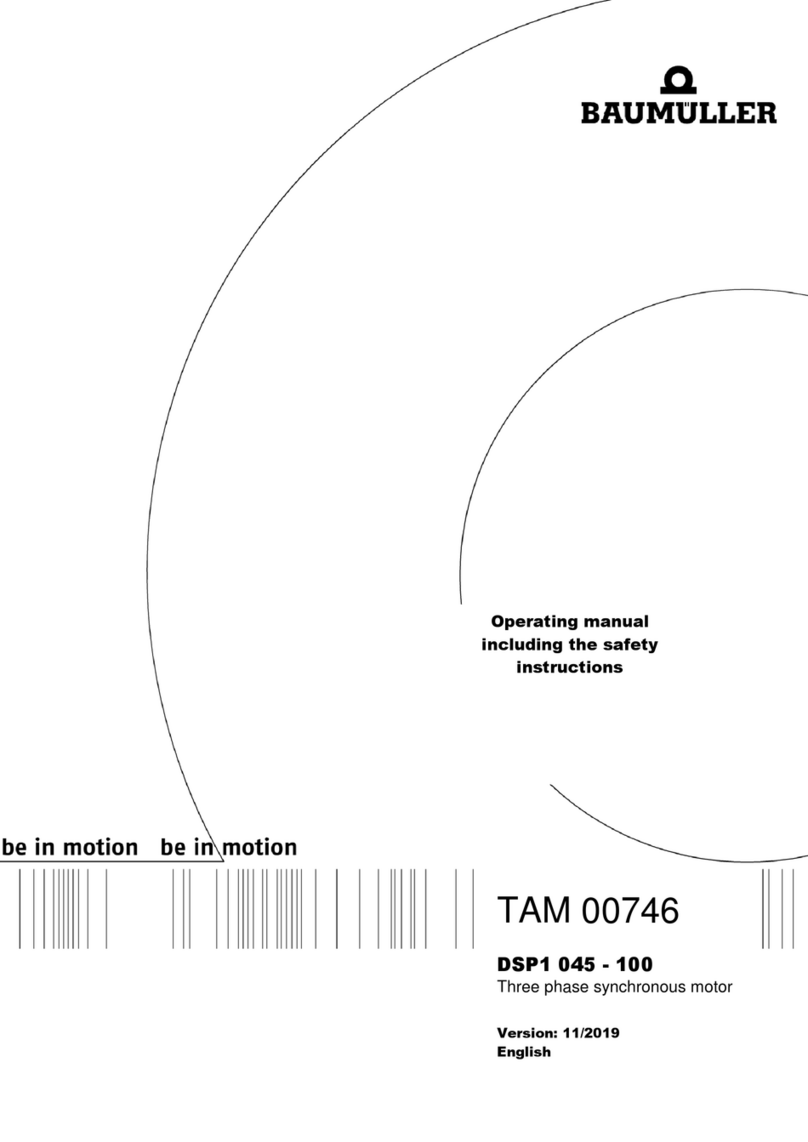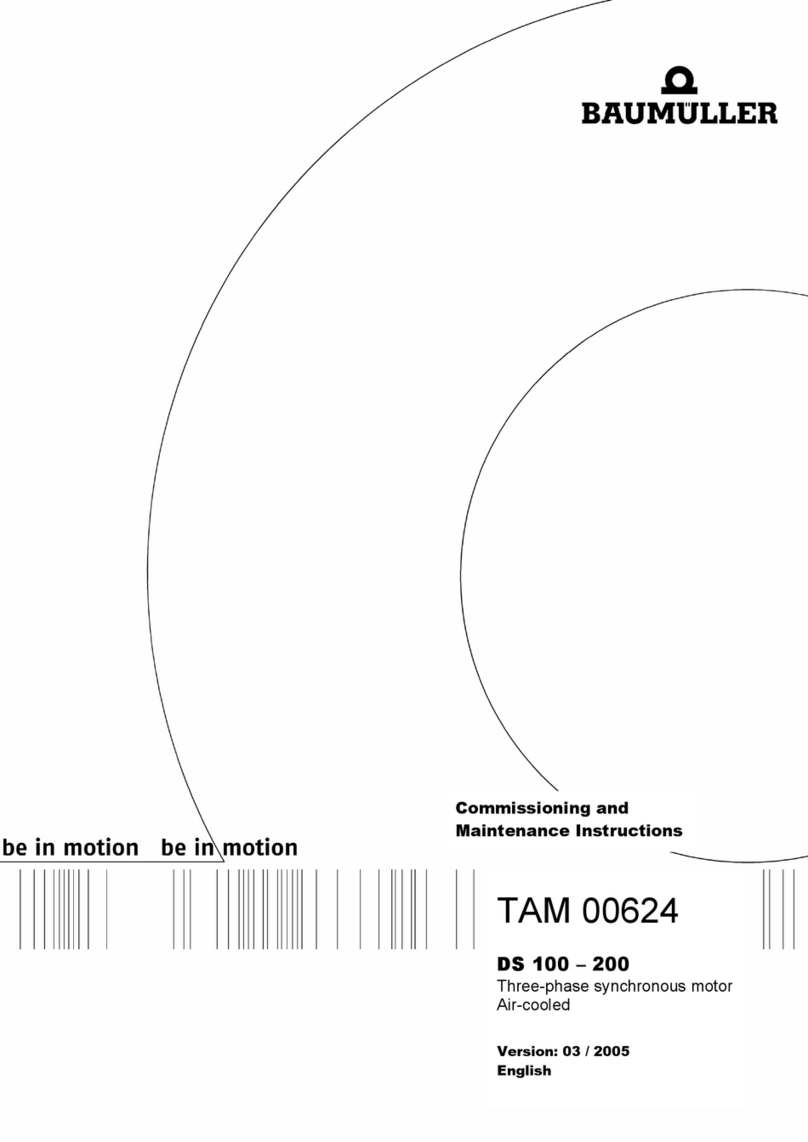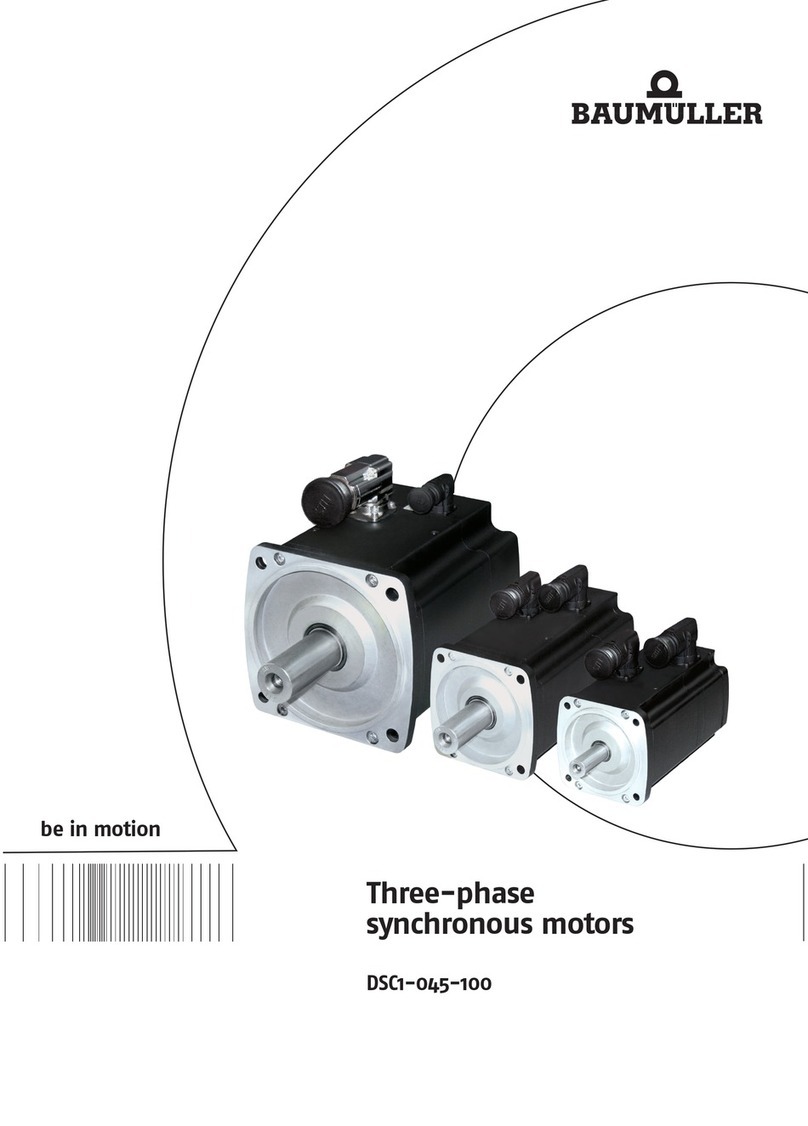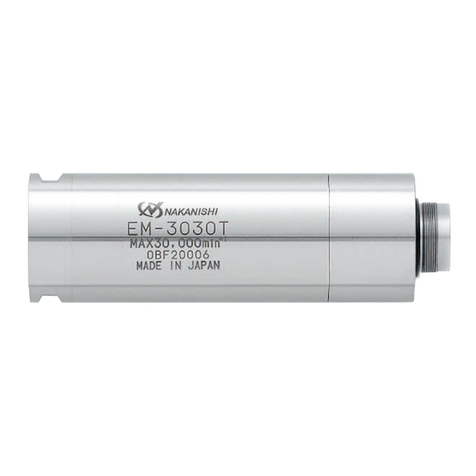
1.2 Designated purpose
The electric motor must only be used for its designated purpose. In this context, the electric motor
must only be used for the applications described in the technical documentation under strict
observance of all the notes in these Commissioning and Maintenance Instructions.
All assembly, commissioning, maintenance, and operating tasks must be carried out by qualified
personnel only.
Within the context of these safety instructions, qualified personnel refers to persons who are
trained and authorized in the specialized area, who are authorized to set up, assemble,
commission, and operate units, systems, and circuits under application of the applicable safety
standards (EN 50110-1).
Inappropriate behaviour can result in serious injury and damage to property.
The electric motor is designed to be used for industrial applications and is subject to a number
of standards and directives, including the following:
Standards
EN 60034-1, EN 60034-5, EN 60034-6, EN 60034-7, EN 60034-9, EN 60034-11,
EN 60034-14, EN 60204-1
Low Voltage Directive 2006/95/EC
The electric motors in this series fully comply with the requirements of the Low Voltage
Directive 2006/95/EC (conformity).
Machinery Directive 2006/42/EC
Electric motors are components which are intended to be installed in machines as described in
the Machinery Directive. Commissioning is not permitted until such time as the conformity of
the finished product with this directive has been established (refer to EN 60204-1 "Electrical
Equipment of Machines").
EMC Directive 2004/108/EC
When the electric motor is used as intended, its operation must comply with the safety
requirements laid down in the EMC Directive 2004/108/EC. The person setting up the system
is responsible for making sure that it is installed correctly (e.g., physical separation of signal
lines and power cables, screened lines and cables, etc.). With systems which have converters,
the EMC notes from the manufacturer of the converter must also be taken into consideration.
All national, local, and system-specific regulations must also be observed!
The electric motor is designed for the following ambient conditions:
• Ambient temperature: 0 °C to +40 °C
• Altitude: ≤1000 m above sea level
• Relative humidity: 10 % to 80 %
Condensed water must not be allowed to accumulate.
Measures to protect against the accumulation of condensed water during water cooling (see
Appendix 2):
• Entry temperature (coolant) ≥ambient temperature.
• In climates up to 40 °C and up to 70 % humidity, the inlet temperature (coolant) can be up to
5 K below the ambient temperature.
• The cooling unit must be switched off during longer standstill periods
Please take note of any deviating details specified on the nameplate or in the technical
documentation. The conditions at the place of use must correspond to the details on the rating
plate.
Use in areas with potentially explosive atmospheres is prohibited unless the unit is
expressly designed for this purpose (refer to additional notes). Furthermore, the area
surrounding the electric motor must be free of inflammable gas mixtures and
hazardous concentrations of dust.
Live and hot motor parts are inflammable and may cause serious injury and damage
to property.
If, in special cases (for utilization in non-industrial applications), more stringent
requirements are in place, e.g., protection against contact with a child's fingers, these
conditions must be met by the customer when installing the system.
TAM 00612 5
DA 100 – 280 W 06 / 2011
Three-phase synchronous motor water-cooled English
